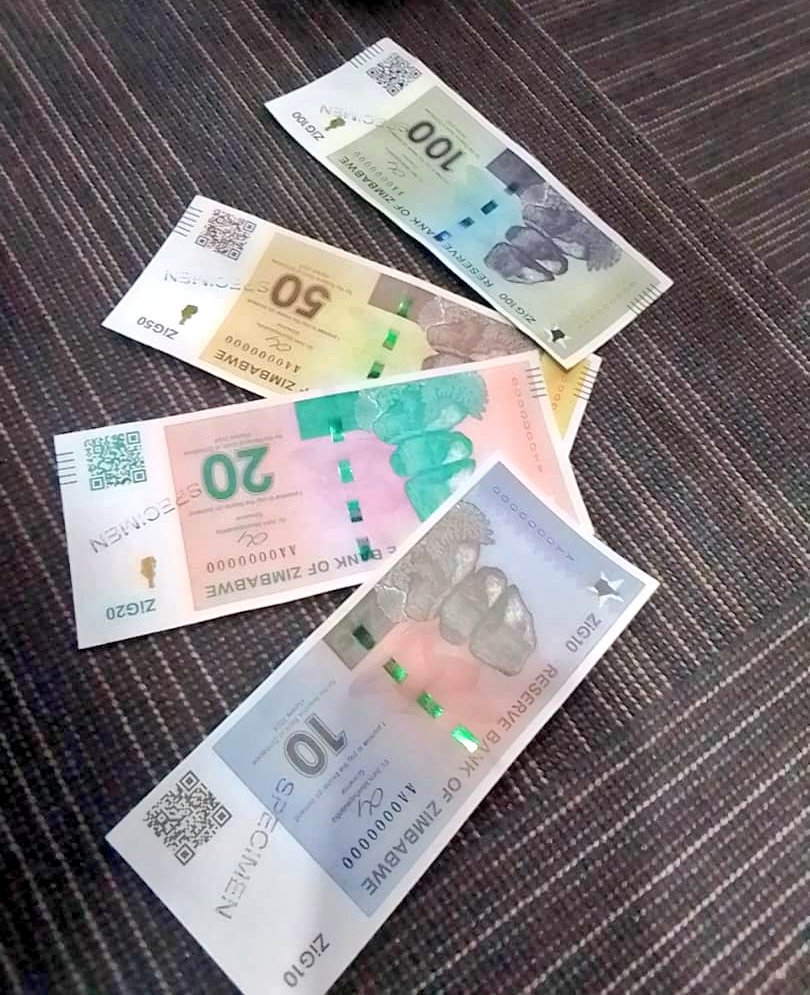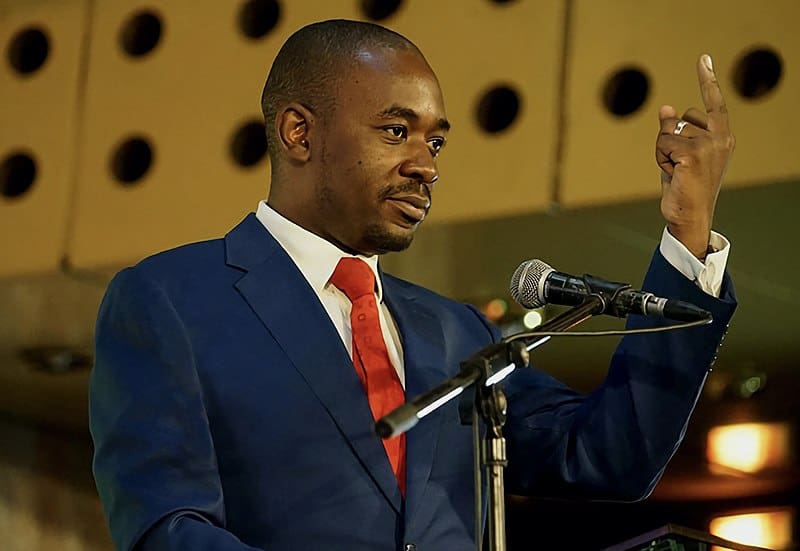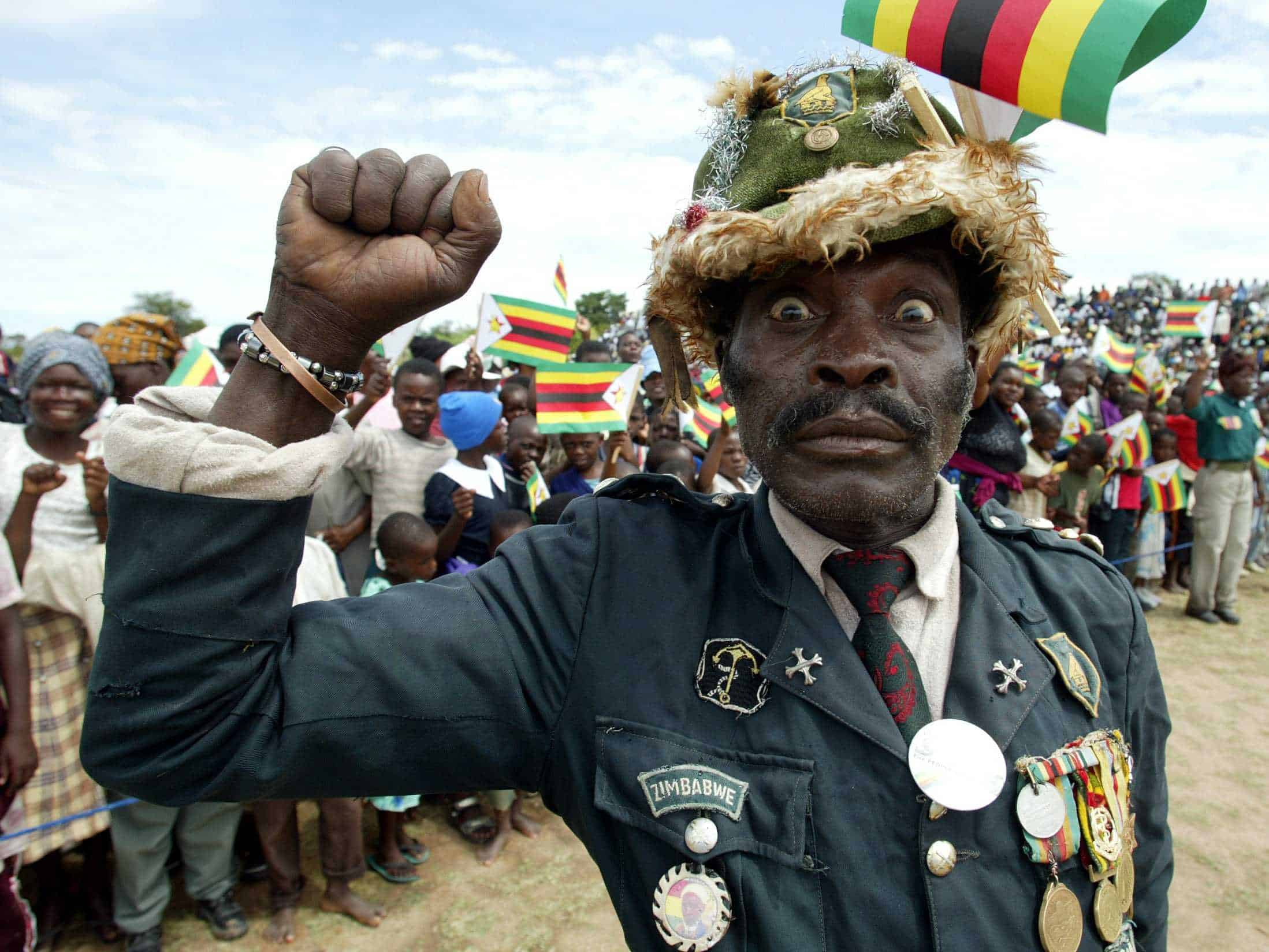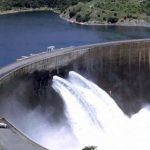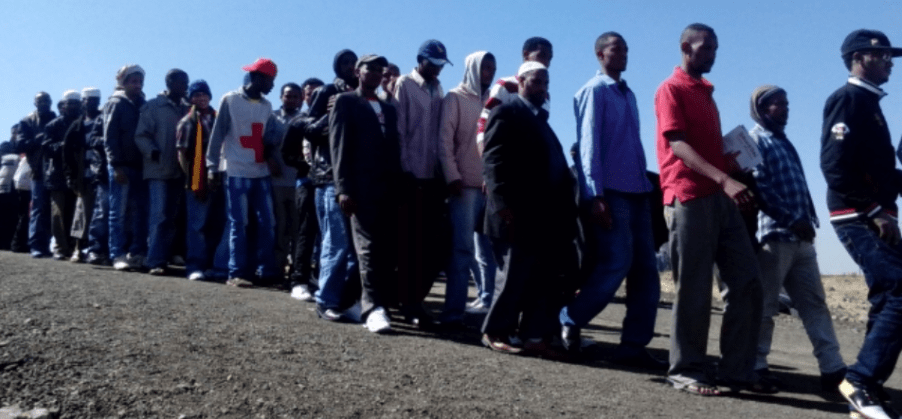The International Monetary Fund (IMF) says it cut its 2021 economic growth forecasts for Zimbabwe because the country is unlikely to receive foreign credit support this year, while the impact of COVID-19 will slow any recovery.
The IMF, in its latest Africa economic outlook report, revised its Zimbabwe economic growth target for this year from 4.2% to 3.1%. Government expects 7.4% recovery.
The Fund also projected that inflation will end the year at 49.4%, much higher than the 3% that it projected in its last forecast, and more than government’s own year-end target of below 10%.
At a press conference on Thursday, IMF’s Africa Director, Abebe Aemro Selassie was asked what policy responses Zimbabwe needed to make, given that the country still cannot access foreign credit.
“Starting with growth, an important reason why we are more conservative in our growth projections is, of course, exactly the point you made that Zimbabwe, unfortunately, continues to have very limited access to external concessional support,” Selassie said.
Zimbabwe, he said, could also not fill that lack of foreign funding with domestic borrowing, he said.
“And of course, domestically also, the government’s ability to finance itself from — by issuing bonds or borrowing from the banking system is very constrained given the monetary and exchange rate framework that the country has a susceptibility to inflation.”
With no foreign support, and the impact of COVID-19, growth would be sluggish, Selassie said.
“So, we feel that with the limited fiscal support, with the toll of the pandemic on economies, on peoples’ lives, livelihoods, we feel that the robust, growth recovery this year will be constrained to the order of 3%. But we – this is a point we’d be very happy to be proven wrong on. If growth is higher, we would be very happy.”
Inflation in Zimbabwe would slow down this year, but with no new foreign credit inflows, it would remain high.
He said: “Turning to inflation, again, it really comes back to the same factors. We do see inflation coming down from the very high levels it was in during 2019/2020 on account of the droughts that Zimbabwe and Zambia had suffered from.
“That said, given the absence of new inflows, we do see a constrained environment and a much more constrained evidence for supply of goods and services – so we expect inflation to be a bit higher.”
According to the IMF, the Zimbabwe economy shrank by 8% last year, less than its initially projected 10.4%.
Meanwhile, renowned world economist at John Hopkins University, Professor Steve Hanke is on record, emphasing on the same opinion as by the IMF, pointing out that as far as inflows continue to dodge Zimbabwe, then growth remains subdued.
He recently said: “The IMF’s outlook for Zimbabwe is predictably gloomy.
“Don’t believe Zimbabwe’s finance minister’s pure fantasy of a <10% inflation target— Zimbabwe cannot shake its inflation addiction. Today, I measure inflation in Zimbabwe at 178.76%/yr.”
Hanke, a fellow and Director at Troubled Currencies who has been following economic and political developments in Zimbabwe believes the country should re-dolarise.
Over the years as stated by Hanke, the source of Zimbabwe’s hyperinflation is the Reserve Bank of Zimbabwe’s money machine. The government spends, and the RBZ finances the spending by printing money.
The RBZ has no ability in practice to resist the government’s demands for cash. Accordingly, the RBZ cannot hope to regain credibility anytime soon.
Meanwhile, according to some critics, the government has been over ambitious in its projections so as to paint a nicer picture for the country.
NewZWire/ Zwnews





